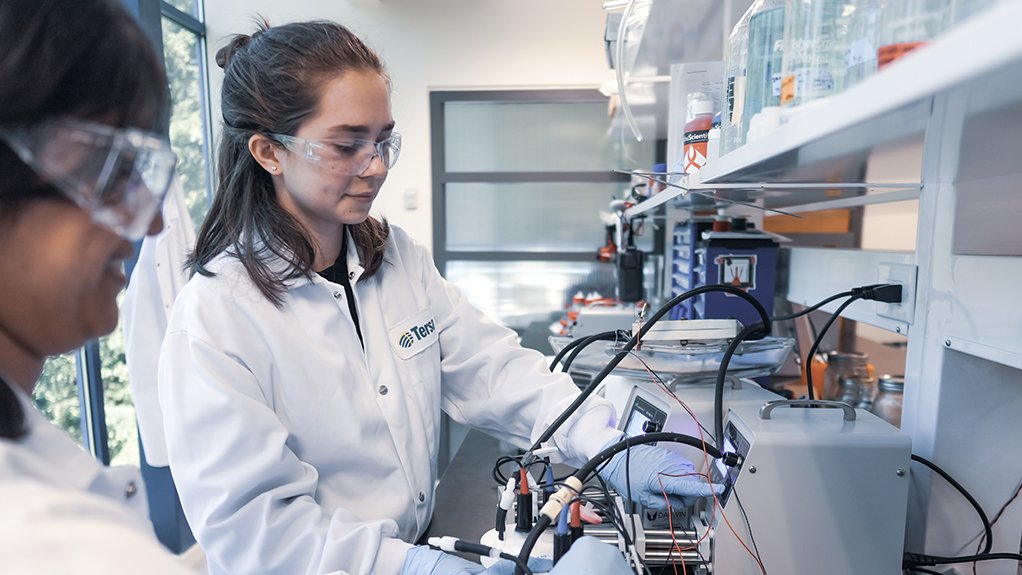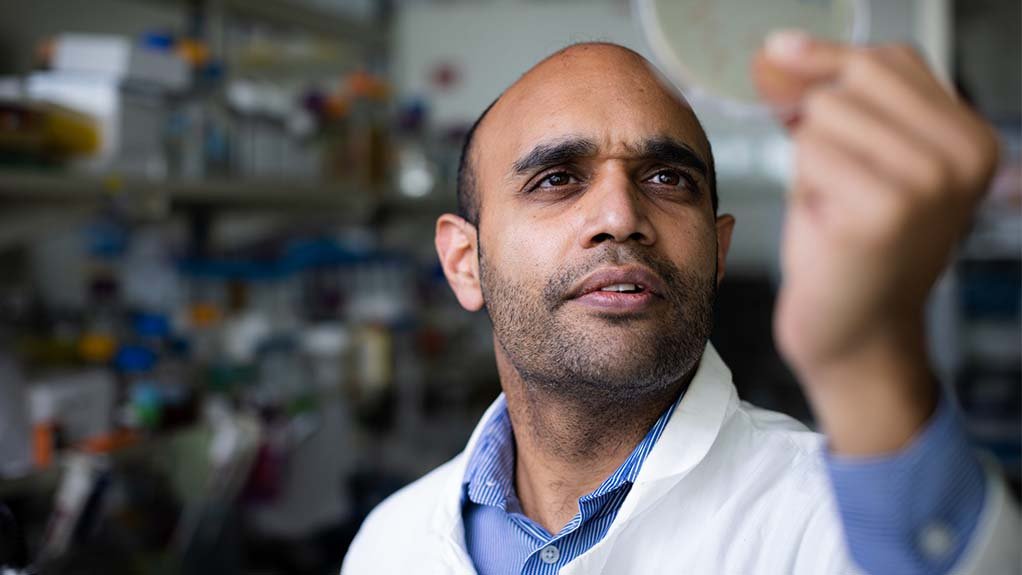A partnership between Canadian net-zero mining start-up Tersa Earth and geological exploration and mining consulting company Trigteq is paving the way for a feasible solution to cost effectively, and more sustainably, provide critical minerals for a market that boasts significant demand.
Tersa Earth, specialising in neutral solutions for mine tailings remediation, indicates that copper mining projects are becoming more expensive and difficult to develop, as increased demand for the critical mineral is progressively sought-after globally to power new renewable-energy and battery storage technologies.
Tersa Earth provides a process that differs from traditional forms of mining as it does not conform to the rigorous process of digging for the minerals and does not require lime – an agent that helps to extract precious metals that is detrimental to water reserves and the environment.
Tersa Earth Innovations co-founder and CEO Vikramaditya Yadav says the partnership between the two companies addresses the reduction of the carbon footprint in mining operations while responding to the need for critical metals by recovering diminishing critical metals in mine tailings using innovative solutions, which, in turn, allows for remining mine wastewater.
Mine Tailings Remediation
The production and supply of critical minerals – including lithium, nickel, manganese and graphite, many of which are mined in Africa – are increasingly becoming vital amid increasing pressure to find sustainable, green forms of energy, owing to the rapid expansion in electric vehicles, battery storage solutions and renewable power production infrastructure.
Yadav says some of the companies Tersa Earth is working with aim to extend the mine life through genuine means of adding value and overcoming obstacles while running operations that can navigate the management of toxic acid rock drainage (ARD) cost effectively.
He adds that South Africa’s Department of Water and Sanitation estimates that about 348-million litres of water in Johannesburg are at risk of ARD contamination, pointing out that technologies, such as of Tersa Earth, can prevent subsequent metal leaching.
Further, Tersa Earth’s solution could be ideal for local mines, as the majority of water lost at such mines is because of evaporation at tailings dams.
However, treating and recycling tailings water, and then pumping it back into a mine, can reduce loss of water and costs associated, says Yadav.
As the number of tailings dams increases, water experts and stakeholders face challenges requiring new technologies and interventions to protect the environment and circumvent the contamination of already-limited water resources.
Tersa Earth’s technology intends to modernise the mining of critical metals, allowing for the processing of what were once believed to be unretrievable resources in tailings storage facilities while producing treated wastewater and reducing the adverse effects ARD on the environment, he explains.
Extracting Metals Using Micro-organisms
“The team has developed a technology that harnesses exoelectrogenic microbial strains to recover valuable and contaminant metals from waste rocks and mine tailings,” Yadav says.
The Tersa Earth solution employs a modular flow-based design that permits scalability and larger treatment capacities, showcasing the technology's potential to be implemented in a wide range of mining operations.
Its treatment process is enhanced by the circular use of input materials and the biochemical regeneration of reagents used for neutralisation, resulting in a resource-efficient solution.
Tersa Earth uses two unique technologies, the first of which is microbial fuel cells (MFC). These bacteria-powered fuel cells release electrons to an electrode, enabling the electrons to reduce valuable metals – such as gold, copper and silver – and toxicants – such as arsenic or selenium – onto the cathode, the electrode from which a conventional current leaves a polarised electrical device.
The MFC process removes hazardous environmental toxins such as arsenic, selenium and lead, says Yadav.
Once the recovered metals are deposited onto the cathode surface, the cathodes are then sold by mining companies to metal refineries, which then refine the metals to produce purer forms suitable for the market.
The other technology used in the process is microbially-induced carbonate production (MICP), where cells are used to precipitate carbonates that are used to neutralise waste without producing solids.
“The MICP process replaces traditional lime with recycled carbonates from the process to neutralise the waste. This process is much less carbon intensive than traditional lime, recovering metals traditionally lost in waste while being instrumental in meeting the rapidly growing demand for critical minerals,” Yadav elaborates.
The technology is beneficial from not only a financial standpoint, but also for partner mining companies which can reap the benefits of recovering metals from waste being treated while reducing liabilities and environmental taxes.
He concludes that, in extreme circumstances, mining companies could risk completely losing their operating licence if they fail to produce compelling evidence proving adherence to environmental protection laws and standards.
Edited by: Donna Slater
Features Deputy Editor and Chief Photographer
EMAIL THIS ARTICLE SAVE THIS ARTICLE
ARTICLE ENQUIRY
To subscribe email subscriptions@creamermedia.co.za or click here
To advertise email advertising@creamermedia.co.za or click here















